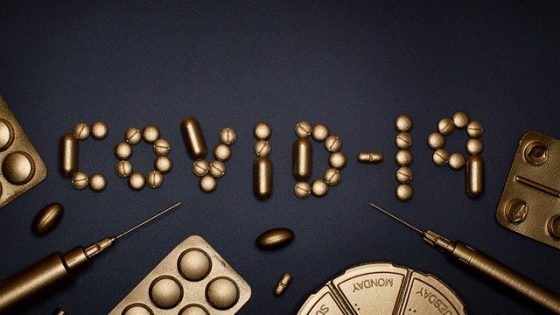Clolar
A drug used to treat acute lymphoblastic leukemia in children. It is used in patients whose cancer came back or did not get better after at least two other types of anticancer treatment. It is also being studied in the treatment of other types of cancer. Clolar blocks cells from making DNA and may kill cancer cells. It is a type of purine nucleoside analog. Also called clofarabine.
clonidine hydrochloride
A drug used to treat high blood pressure. It is also being studied in the treatment of certain types of cancer pain and as an aid to stop smoking. It blocks the release of chemicals from nerve endings that make blood vessels constrict (get narrower). Clonidine hydrochloride is a type of antihypertensive agent and a type of alpha-adrenergic agonist. Also called Catapres.
Cloretazine
A drug used to treat acute myelogenous leukemia (AML). It is also being studied in the treatment of several other types of cancer. It blocks cell growth by damaging the cell’s DNA and may kill cancer cells. It is a type of alkylating agent. Also called laromustine and Onrigin.
Clostridium difficile
A type of bacterium found in human and animal waste. Clostridium difficile is a common cause of diarrhea that occurs in hospitals. It can also cause diarrhea or other intestinal disorders in patients treated with antibiotics.
clove cigarette
A type of cigarette that is made in Indonesia. It is made using a mixture of tobacco, cloves, and other ingredients. Clove cigarettes contain nicotine and many cancer-causing chemicals that are harmful to both smokers and nonsmokers. Smoking clove cigarettes can lead to nicotine addiction and can cause lung cancer and other lung conditions. Also called kretek.
CM-AVM syndrome
A rare genetic condition that causes abnormalities of blood vessels, including swelling of the capillaries (small blood vessels) near the surface of the skin. The swollen capillaries usually appear as small, round, pink or red spots on the skin of the face, arms, and legs. They may appear at birth or develop during childhood. More serious blood vessel abnormalities that affect the skin, muscle, bone, spine, brain, and heart may also occur. These can lead to serious problems, including abnormal bleeding, migraines, seizures, and congestive heart failure. CM-AVM syndrome is a type of disease called a RASopathy that is caused by mutations (changes) in the RASA1 gene. This gene makes a protein involved in a cell signaling pathway that controls many important cell functions. Also called capillary malformation-arteriovenous malformation syndrome.
CMF
An abbreviation for a chemotherapy combination used alone or with other therapies to treat breast cancer. It is also being studied in the treatment of other types of cancer. It includes the drugs cyclophosphamide, methotrexate, and fluorouracil. Also called CMF regimen.
CMF regimen
An abbreviation for a chemotherapy combination used alone or with other therapies to treat breast cancer. It is also being studied in the treatment of other types of cancer. It includes the drugs cyclophosphamide, methotrexate, and fluorouracil. Also called CMF.
CML
An indolent (slow-growing) cancer in which too many myeloblasts are found in the blood and bone marrow. Myeloblasts are a type of immature blood cell that makes white blood cells called myeloid cells. CML may get worse over time as the number of myeloblasts increases in the blood and bone marrow. This may cause fever, fatigue, easy bleeding, anemia, infection, a swollen spleen, bone pain, or other signs and symptoms. CML is usually marked by a chromosome change called the Philadelphia chromosome, in which a piece of chromosome 9 and a piece of chromosome 22 break off and trade places with each other. It usually occurs in older adults and rarely occurs in children. Also called chronic granulocytic leukemia, chronic myelogenous leukemia, and chronic myeloid leukemia.
CMML
A slowly progressing type of myelodysplastic/myeloproliferative disease in which too many myelomonocytes (a type of white blood cell) are in the bone marrow, crowding out other normal blood cells, such as other white blood cells, red blood cells, and platelets. Also called chronic myelomonocytic leukemia.













